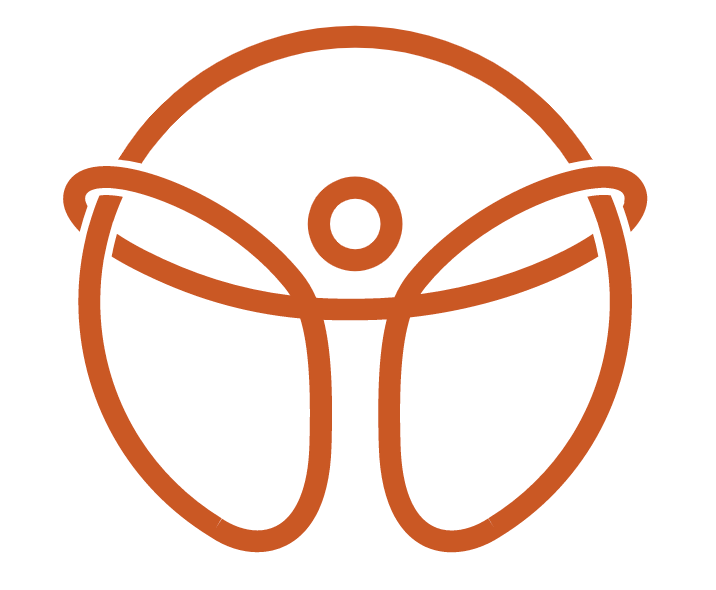How Shockwave Therapy Can Help Ease Plantar Fascia Pain
If you’ve been dealing with stubborn heel pain that just won’t quit, you’re not alone. Plantar fasciitis is one of the most common causes of foot discomfort, especially in active adults or those who spend a lot of time on their feet. It can feel like a sharp stab with your first steps in the morning, or a dull ache that hangs around all day. At MVMT STL, we take a comprehensive approach to treating plantar fascia pain—and one of the most effective tools we’ve added to our toolbox is Extracorporeal Shockwave Therapy (ESWT).
What Is ESWT and How Does It Help?
ESWT is a non-invasive treatment that uses acoustic pressure waves to stimulate healing in damaged soft tissue. In the case of plantar fasciitis, these shockwaves are directed into the thick band of tissue on the bottom of your foot, helping to break up scar tissue, increase local blood flow, and reduce inflammation. This process essentially kick-starts your body’s natural repair mechanisms.
What makes ESWT stand out is how well it integrates with other hands-on therapies and rehab strategies. It’s not meant to be a one-and-done solution—but when paired with the right care plan, it can be a game changer.
A Combined Approach to Care
At MVMT STL, we rarely rely on just one treatment method. Instead, we use ESWT alongside joint mobilization, soft tissue therapy like Graston Technique, and a structured rehab plan.
Joint Mobilization: Restoring normal movement in the ankle, subtalar joint, and even the big toe can help offload stress from the plantar fascia. When joints are stiff, the fascia has to do more work—keeping them mobile reduces strain.
Graston/Soft Tissue Work: Tools like Graston help break up adhesions and improve tissue quality. When combined with ESWT, we often see faster improvements in tissue pliability and pain levels.
Rehab & Strengthening: Strengthening the intrinsic muscles of the foot, along with calf and hip stability, creates long-term change. Once the pain is reduced with ESWT and soft tissue work, rehab helps keep it from coming back.
What the Research Says
Studies have shown that shockwave therapy can significantly reduce pain and improve function in patients with chronic plantar fasciitis—especially when other treatments have failed. One review found that ESWT produced lasting pain relief for many patients after just a few sessions, particularly when used in combination with stretching and manual therapy.
Is It Right for You?
If you’ve tried stretching, orthotics, ice, and rest with little success, ESWT might be the missing link. It’s especially helpful for cases lasting longer than 6 months, or when the pain keeps returning. The treatment is quick, requires no downtime, and is performed right here in our clinic.
If heel pain is slowing you down, let’s work together to fix it for good—with a treatment plan that goes beyond temporary relief. Reach out to MVMT STL to see if shockwave therapy is the right fit for your recovery.

